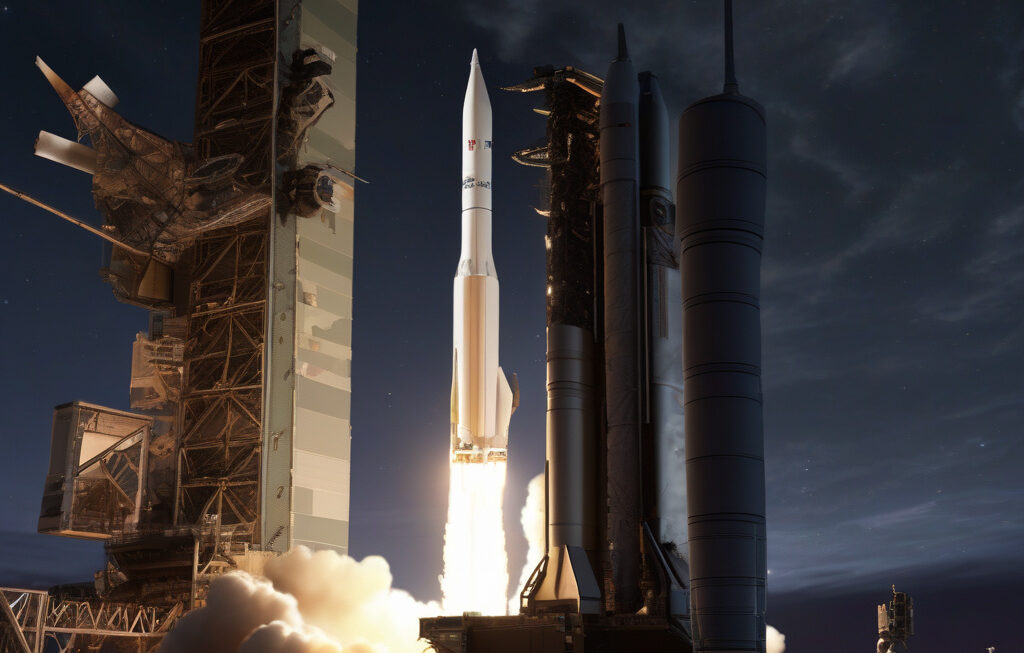Quantum Armor: Breakthrough Method Promises to Shield Information Against Noise
A key challenge in developing stable quantum systems is protecting quantum information from environmental disturbances. The fragility of quantum bits, or qubits, makes them susceptible to noise and interference, leading to errors in quantum computations. However, recent advancements in quantum technology have paved the way for a groundbreaking solution: quantum armor.
Imagine a protective shield that surrounds delicate quantum information, shielding it from the disruptive effects of noise. This is the concept behind quantum armor, a novel approach that promises to revolutionize the field of quantum computing and communication. By implementing specialized techniques and materials, researchers aim to create a robust defense mechanism that preserves the integrity of quantum information.
One of the key components of quantum armor is error correction codes. These codes allow quantum systems to detect and correct errors that occur due to noise and other disturbances. By encoding quantum information in a redundant manner, researchers can enhance the stability and reliability of quantum computations. This proactive approach to error prevention is essential for realizing the full potential of quantum technology.
Another critical aspect of quantum armor is the use of quantum error correction protocols. These protocols leverage the principles of quantum mechanics to protect qubits from decoherence, the process by which quantum information dissipates into the environment. By actively monitoring and correcting errors in real-time, quantum armor ensures the coherence and longevity of quantum states, enabling more accurate and efficient quantum computations.
Furthermore, the development of quantum armor relies on innovative materials and structures that are specifically designed to mitigate noise and interference. For example, researchers are exploring the use of superconducting materials, such as niobium and titanium nitride, which exhibit unique quantum properties that can enhance the stability of qubits. Additionally, nanoscale architectures and electromagnetic shielding techniques play a crucial role in minimizing external disturbances and maximizing the performance of quantum systems.
The implications of quantum armor are far-reaching, with potential applications in quantum cryptography, quantum sensing, and quantum networking. By safeguarding quantum information against noise, researchers can unlock new opportunities for secure communication, ultra-sensitive measurements, and high-speed information processing. Moreover, the development of quantum armor sets the stage for the realization of fault-tolerant quantum computers, which can outperform classical computers in solving complex problems.
In conclusion, quantum armor represents a significant advancement in the quest for stable and reliable quantum systems. By addressing the fundamental challenge of protecting quantum information from noise, researchers are laying the foundation for a new era of quantum technology. With continued innovation and collaboration, quantum armor has the potential to reshape the landscape of computing, communication, and beyond.
quantum, armor, technology, innovation, quantumcomputing











